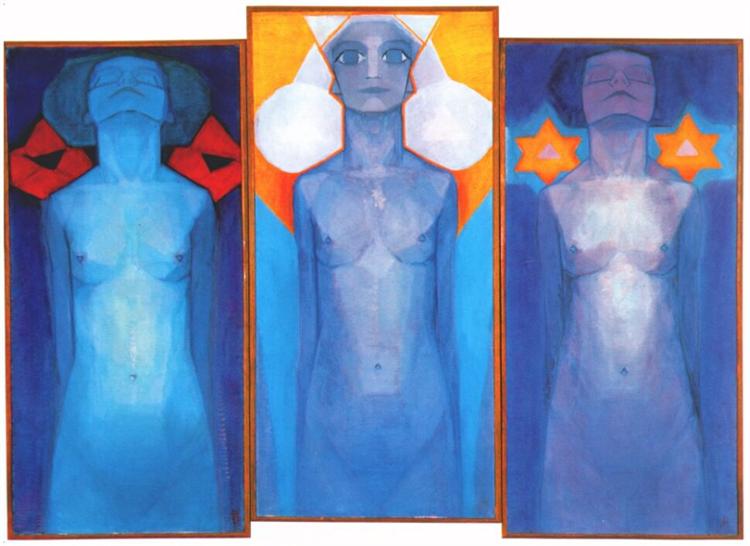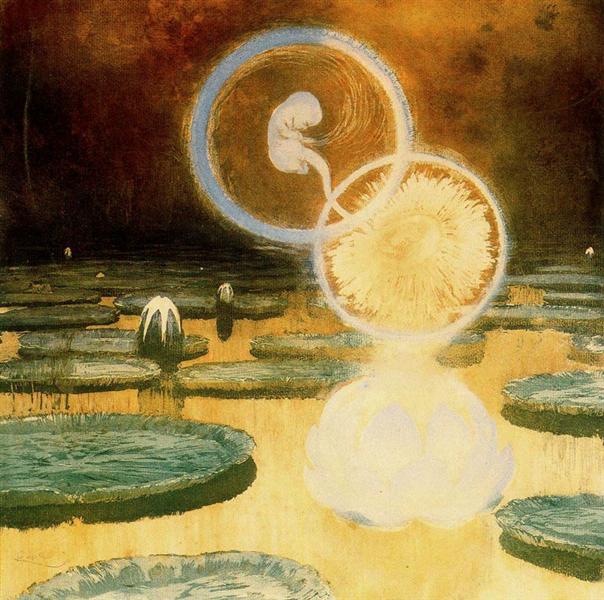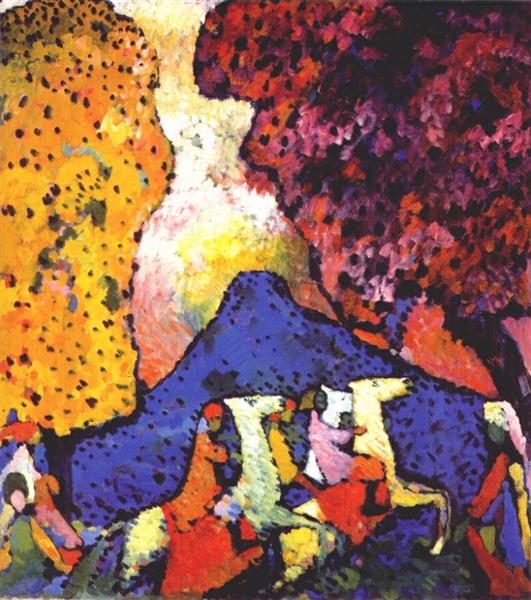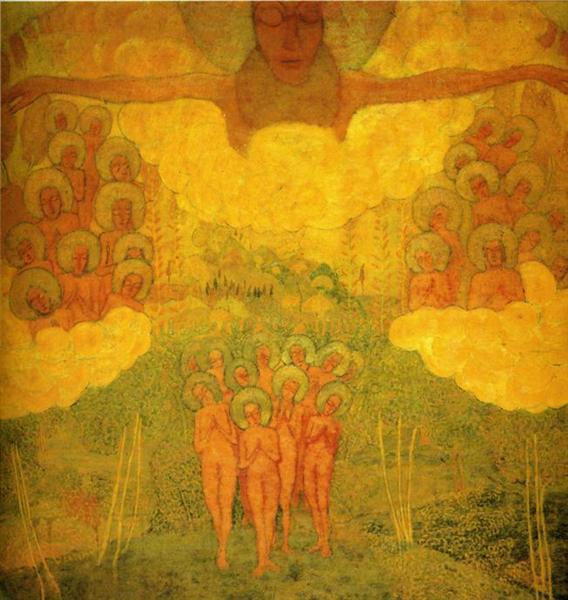10 Iconic Floral Still Lifes You Need to Know
Flowers have long been a central theme in still-life painting. Each flower carries its own symbolism. For example, they can represent innocence,...
Errika Gerakiti 6 February 2025
“There is no religion higher than truth”, reads the motto of the American Theosophical Society, functioning since its foundation in New York in 1875. Its most famous leader, Helena Petrovna Blavatsky, taught that theosophy was not a religion but a system synonymous with eternal truth underlining not only all religions but also philosophy and science. Yet, what does this esoteric movement have to do with art?

Around 1890, many European intellectuals grew interested in mysticism and the occult, becoming intrigued with various spiritual writings, in particular with Madame Blavatsky’s The Secret Doctrine, which turned out to become of undoubtful significance and influence on such artists as Wassily Kandinsky, František Kupka, Piet Mondrian, or Kazimir Malevich, all of whom had their share in founding the new art of abstraction.

According to theosophists, there is more to the world than what is visible and material. Yet we are unable to see it for lack of knowledge and hence we see things from the wrong perspective, which is the root cause of all our suffering. In order to explore the invisible dimension of the universe and human beings, artists who believed in seeing something more than just material reality felt a need to express it with their art. Gradually, the four artists turned away from Symbolic painting, understanding that figurative art could always be only a representation of spirituality, while Abstraction was its real manifestation because abstract art stepped beyond what’s simple and superficial.

In his book Concerning the Spiritual in Art ( Über das Geistige in der Kunst), Kandinsky referred to many theosophical ideas. Like Blavatsky, he believed that each person has an inner Notwendigkeit, “necessity,” or in Sanskrit, swadharma, “essence or raison d’etre”, in other words, an inner nature, and that the purpose of art is to help people increase their self-awareness and help them express their inmost essence. And when people become more spiritual, they will be more able to improve the world, which according to the final words in Blavatsky’s book, “will be a heaven in the 21st century in comparison with what it is now.” (Not sure about that, but maybe it’s because Theosophy hasn’t conquered the world as much as it should have.)

Theosophy’s doctrine of universal “brotherhood,” its inspiration from ancient and Eastern philosophies and sciences, and its investigation of the unexplained laws of nature corresponded to a profound need for change felt by many at the dawn of the 20th century and in the face of the world irreversibly changed by the industrial revolution. The impact it had on the direction of the development of art is unmistakable. Yet, do we really owe it abstract art?
DailyArt Magazine needs your support. Every contribution, however big or small, is very valuable for our future. Thanks to it, we will be able to sustain and grow the Magazine. Thank you for your help!